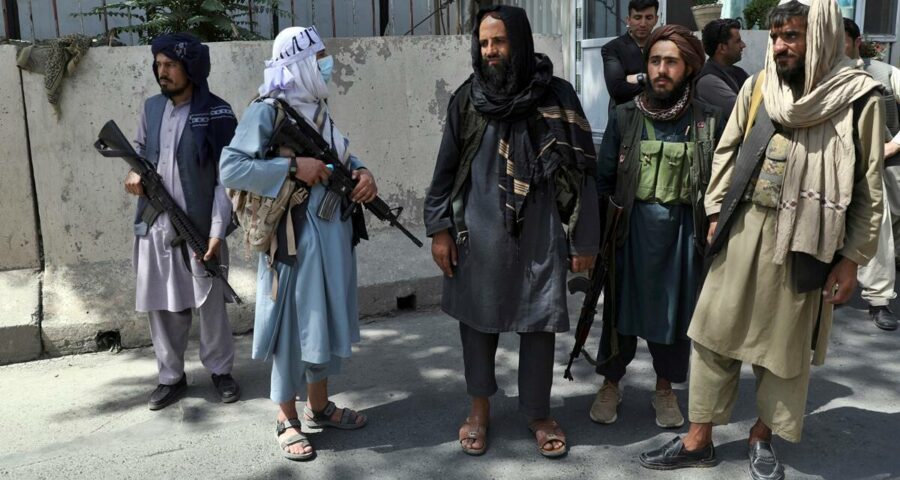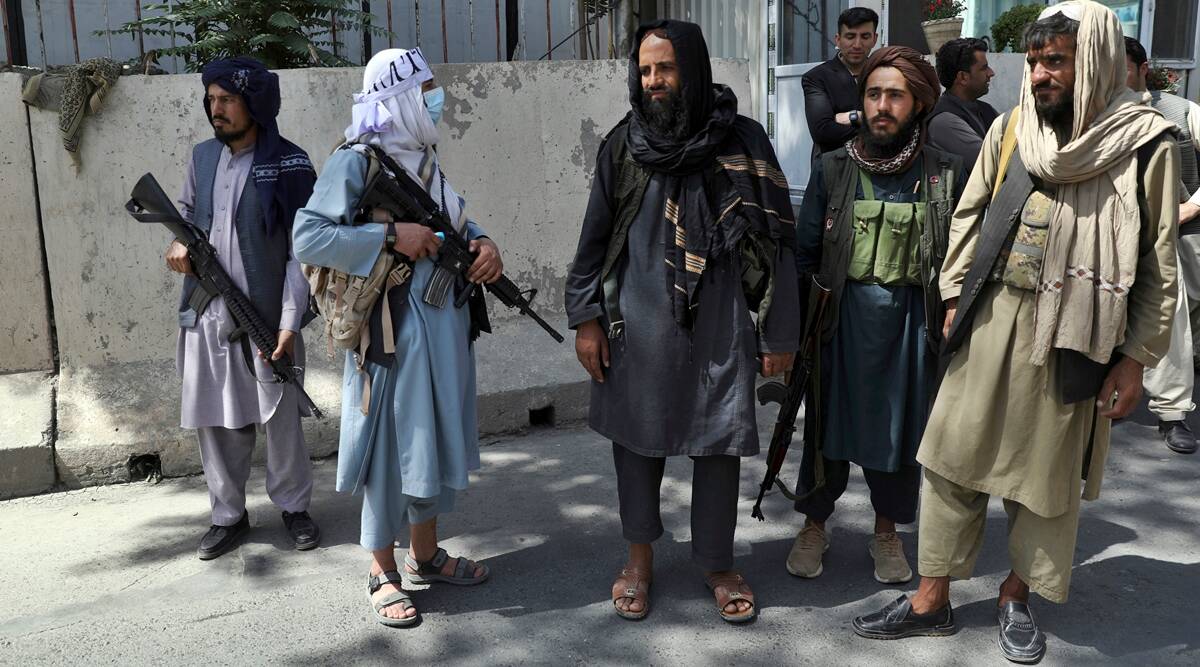Now that the Taliban are back in power, there are already worries that Afghanistan will again become a breeding ground for Islamic radicalism and terrorism.
Written by: Steven Erlanger
The United States and NATO invaded Afghanistan 20 years ago in response to the terrorist attacks of 9/11 by al-Qaida, harboured by the Taliban.
Now that the Taliban are back in power, there are already worries that Afghanistan will again become a breeding ground for Islamic radicalism and terrorism, aided by new technologies and social media.
These are early days and experts disagree on how the Taliban may choose to govern and on how big a threat they might become, or how quickly.
But there is little doubt that the Taliban victory is a huge propaganda boost for Islamic terrorism worldwide. Some predict that after 20 years, the Taliban have learned some lessons and are unlikely to repeat their support for groups like al-Qaida and the Islamic State, knowing the consequences.
Others, especially in Washington, believe the Taliban is almost certain to repeat its encouragement of Islamic terrorist groups and think that the chances of another attack on the United States and its allies are much higher now.
Nathan Sales, the former US coordinator for counterterrorism and a senior fellow at the Atlantic Council, argues that “the terrorism risk to the United States is going to get dramatically worse.” With the Taliban back in power, he said, “it is virtually certain that al-Qaida will re-establish a safe haven in Afghanistan and use it to plot terrorism against the United States and others.’’
Other experts are less sure.
“We went into Afghanistan to address the terrorist threat, and it will be a critical measure of whether what we have is just a bad situation or a truly awful one,” said John Sawers, former head of Britain’s foreign intelligence service, known as MI6. “To have a friend of terrorists, which Taliban have been, running a whole country is not a good thing.”
But the Taliban will have “learned some lessons in the last 20 years,” said Sawers, executive chairman of Newbridge Advisory, a risk-analysis firm. “The question is always how much control the leadership negotiating in Doha has over the fighters, since traditionally in civil wars those on the battlefield have more power than those who sit in five-star hotels,” referring to the Taliban leaders who have conducted diplomacy from Qatar.
Islamic radicals all over the world will get “a much-needed boost” from the Taliban’s victory over the “Great Satan,” the United States, said Peter Neumann, professor of security studies at King’s College London.
“The supporters of al-Qaida are all celebrating this,” he said. “It’s a victory over America, which is what they hope to achieve — these fighters coming down from the mountains to defeat the United States. A lot of groups will piggyback on this victory in propaganda terms — if the Taliban can do it, you can do it.”
On social media and in chat rooms, “You can already see this wind of success blowing through the sails of the global jihadist movement,” said Raffaello Pantucci, a terrorism analyst at the Royal United Services Institute, a defence research body, and at the S. Rajaratnam School of International Studies in Singapore.
“They see victory in Afghanistan as the apex of a number of successes in the world, in parts of Africa, in parts of Syria, with the French pulling out of Mali — it’s a narrative of success,” he said. “They will push it and argue that you can fight for 20 years and get power.”
So a more immediate risk will be the encouragement of “lone actors” to commit local acts of terrorism, one of the main goals of the social media campaign, Neumann said.
But he believes that the likelihood that the Taliban will quickly provide a safe haven for groups like al-Qaida and Islamic State is small. The Taliban are in power again without the help of al-Qaida, and they have understood that they lost their government and their country in 2001 because of al-Qaida, Neumann said.
The United States might intervene again, “not to protect human and women’s rights, but if the Taliban allowed international terrorism to flourish,” he said.
The Taliban will have to deal with remnants of al-Qaida and Islamic State already present in Afghanistan, Sawers said. “They won’t move against them, but they don’t want to attract international hostility again.”
Their first priority, he said, will be to consolidate control over a fragmented Afghanistan, including “some kind of understanding” with minorities like the Uzbeks and Shia Muslims like the Hazaras and Ismailis. “The Talib have won this great victory and won’t want to mess it up now,” he said.
Others, like Sales, are sure that the Taliban will allow al-Qaida to operate again against the United States.
He notes that US intelligence capabilities in Afghanistan will be degraded with no military or diplomatic presence on the ground and with US troops and drones based hundreds of miles away.
The Taliban have always refused to break with “their stalwart ally, al-Qaida,” even though they promised to do so in the February 2020 agreement with the Trump administration, Sales said. He expects al-Qaida, flush with new money and recruits, to reestablish itself in Afghanistan in the next three to six months.
In June, Defense Secretary Lloyd Austin and Gen. Mark Milley, the chairman of the Joint Chiefs of Staff, were asked by senators about the chances that groups like al-Qaida and the Islamic State could reemerge in Afghanistan and pose a threat to the US homeland within two years of the US military withdrawal.
“I would assess it as medium,” Austin replied then. “I would also say, senator, that it would take possibly two years for them to develop that capability.”
On Sunday, Milley told senators on a briefing call that US officials were rapidly revising those earlier assessments, The Associated Press reported. Officials now believe that such groups could grow considerably faster and are working on a new timeline, he told the senators.
Source: Read Full Article


